In today’s fast-paced business environment, the strength and reliability of the software you use can make or break your operations. Poorly built business software may save costs initially, but hidden expenses can accumulate over time. This article explores the ramifications of such software failures and highlights the importance of investing in quality solutions to safeguard your business’s future.
Understanding the Hidden Costs
While it may be tempting to opt for low-cost software solutions, the hidden costs can quickly overshadow any initial savings. One of the most significant expenses arises from operational inefficiencies. Poorly designed software can result in increased manual work, leading to wasted time and resources. Employees may find themselves bogged down by repetitive tasks or struggling to navigate clunky interfaces.
Moreover, software that doesn’t integrate well with existing systems can create silos of information, making it difficult for teams to collaborate effectively. This disconnect may result in duplicated efforts, errors, and ultimately, a lack of cohesive strategy. Additionally, the cost of training employees on subpar software can add up, as they may require more extensive training sessions to accommodate the inefficiencies.
The Long-Term Impact on Business Growth
As the business landscape evolves, the pressure to adapt is ever-increasing. Poorly built software can stifle growth by limiting scalability. When a system fails to support increased transactions or user access, it becomes a bottleneck for progress. In addition, the risk of software failures can lead to decreased customer satisfaction. A glitchy interface or slow response time might frustrate users, prompting them to seek alternatives.
Moreover, once broken, the software may require costly patches or even complete replacement. This cycle of fixing and updating can drain both financial and human resources. When businesses allocate funds and attention toward fixing flawed software, they divert essential resources from innovation and strategic growth initiatives. Thus, investing in well-built software not only saves money but also paves the way for sustainable growth and customer satisfaction.
In conclusion, the hidden costs associated with poorly built business software extend far beyond initial savings. From operational inefficiencies and training expenses to long-term growth impediments, these issues can substantially affect your bottom line. Investing in quality software solutions is not merely a cost; it is an essential strategy for fostering efficiency and driving future success for your business.

